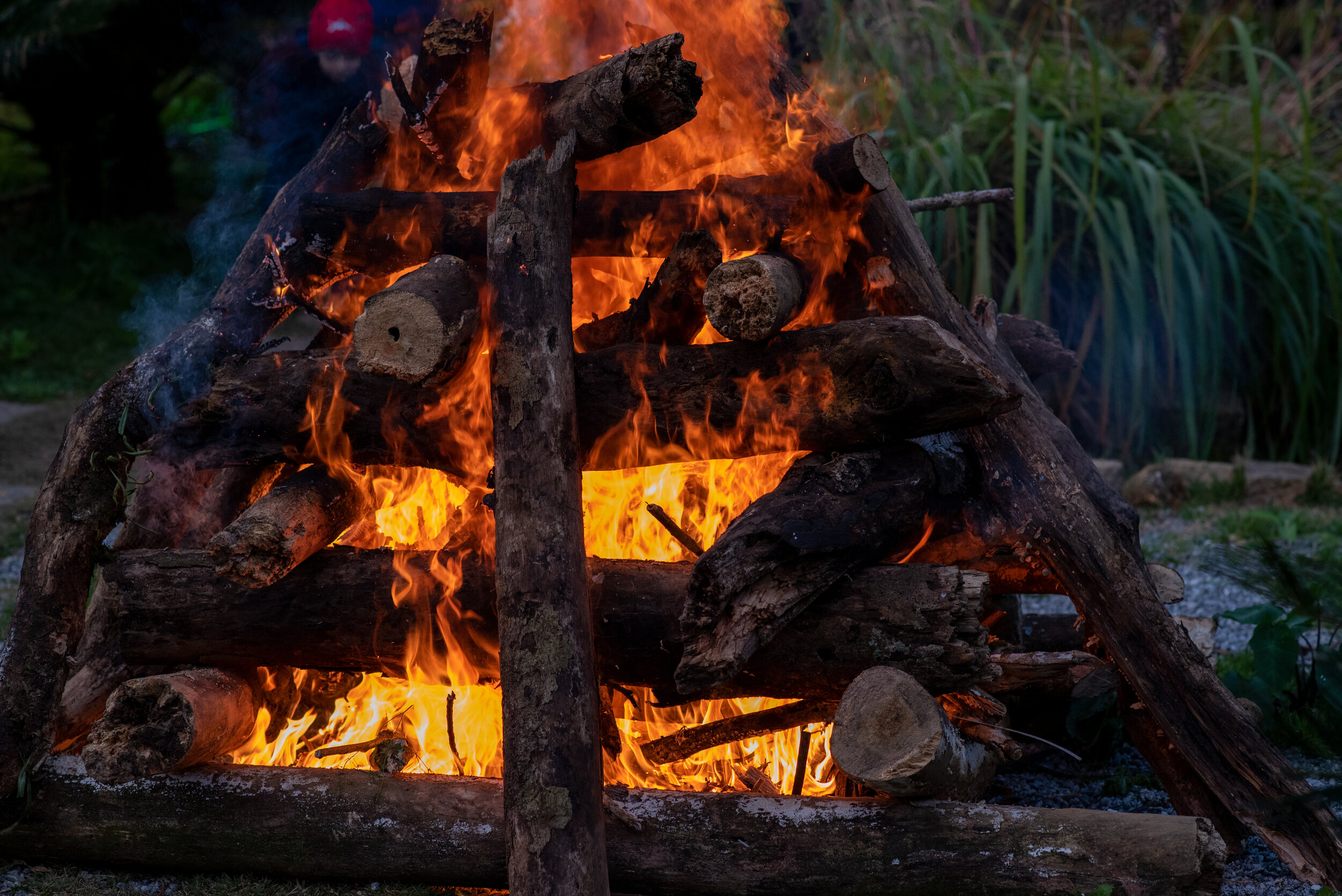
Frequently asked questions.
Why is the project called BONEZ?
BONEZ is an acronym that stands for “Baltic Paganism, Osteology, and New Evidence from Zooarchaeology” and was devised by Kristen Granchalek.
Who were the Baltic Tribes?
The Baltic tribes lived in a territory that stretched between the Baltic Sea into modern Belarus starting at least since the 5th century AD (probably earlier). The language they spoke was part of the Baltic Indo-European group, which includes modern Latvian and Lithuanian. The Baltic tribes are further subdivided into cultural groups based on historical descriptions, material culture, and burial types.
Our project focuses on cultural groups sometimes referred to as the Western Balts, including Prussians and subgroups like the Sambians, Galindians, and Sudovians. BONEZ will also be spending some time with the Central Baltic groups of Lithuanians, particularly those who lived around the area of modern Kaunas.
What are Aschenplätze?
A type of burial that we will study in the Sambian Peninsula (modern Kaliningrad) in which a horse was inhumed (buried whole, uncremated) and overlain with human cremations (from one or more individual).
The archaeological questions are all very interesting, but does your research have any practical, modern applications?
Yes! Part of our research design is in perfecting a methodological toolkit for dealing with complex bone assemblages. Complex bone assemblages may include multiple individuals, multiple species, highly fragmentary material and/or burnt (also called calcined) bone. These types of assemblages are also found in modern or forensic contexts, such as mass disasters.
BONEZ is also a case study in the impact that colonization has on the spiritual life of an indigenous community and how this might impact the way communities perform public rituals. Archaeology is the best tool for documenting these impacts, which are recorded in a biased fashion (or not at all) in historical records.
How can I stay updated on BONEZ’s progress?
Follow @theBONEZproject on Instagram (Insta link also found on the top right of the navigation bar).